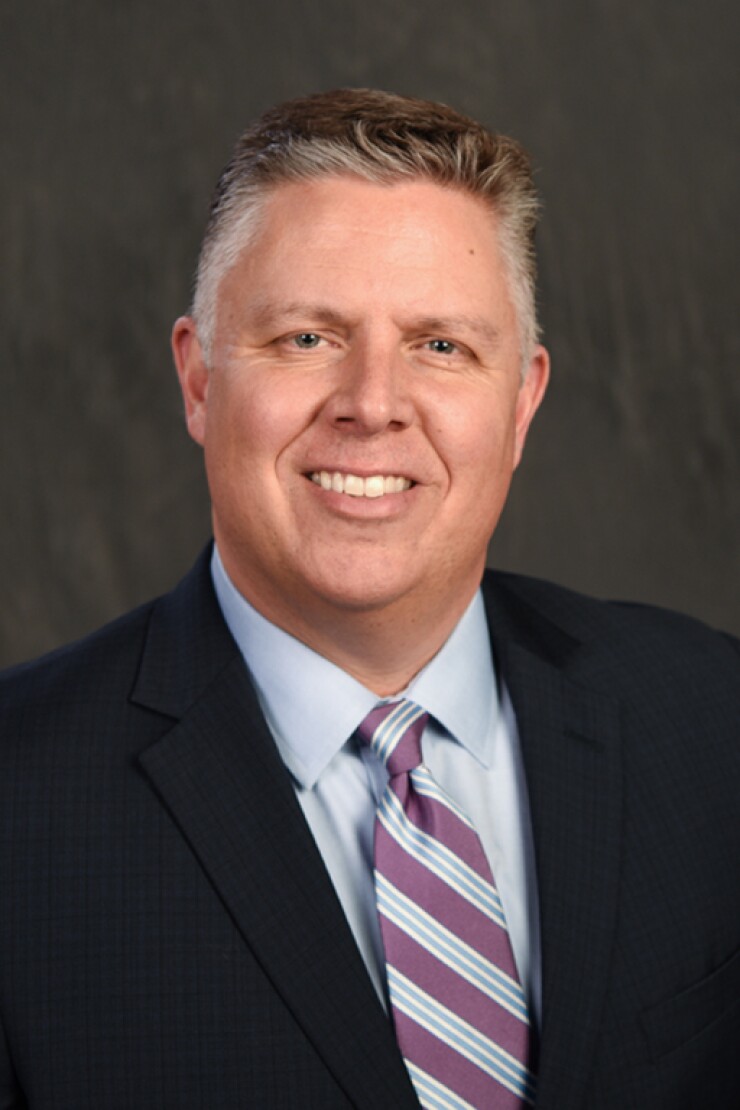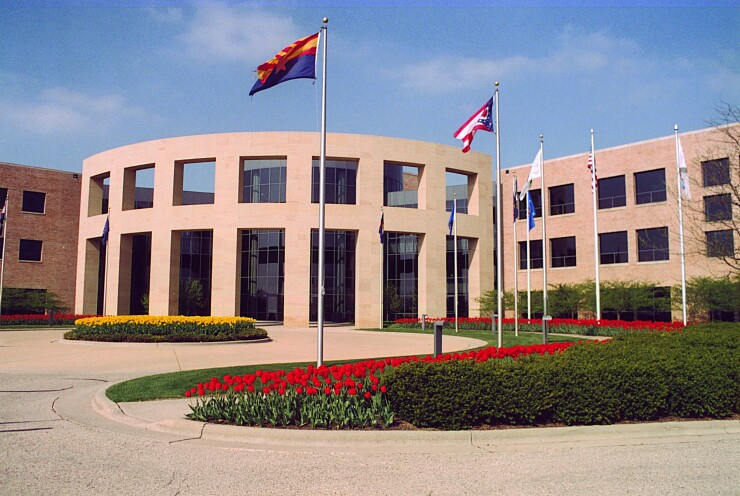Return to claims conversation homepage
How has the claims workforce changed since remote work became the norm?
For us, remote work started a few years before the pandemic – there were certain positions, certain groups where we started to move our team members more towards a remote work environment. And so when the panic pandemic struck, we were well positioned to move quickly with with our full workforce to remote status. We are committed to a remote workforce, we believe strongly the workforce is asking for that.
But we do look for what we call moments that matter. When we're training, when we're building our culture, those key connection points for team members are critical to do face to face. And so we're investing more money in travel, and those specific connection points. After all, you do see some more turnover in the industry, and I hear that from my peers as well. So we're also investing in our onboarding programs, as we've been welcoming more and more team members onto our team to make sure they get off on the right foot on their career.

How has your tech investment strategy in claims helped make that transition easier?
The technology has progressed rapidly these last two or three years in part because of the more remote workforce. I also think the last two or three years have changed the customer's willingness to accept and actually now demand more of a remote remote adjustment process Customers are more and more willing to jump in and help out with the process of collecting information, sharing information, and that just that makes that remote workforce, the remote adjusting that much more likely and viable.
Is that investment continuing amid tough economic times?
I think we've doubled down on that in the last couple years. We want our customers to be empowered and confident before, during and after a claim. And that means we're continuously looking at different ways to help shepherd our customer, giving them more self service options, as well as tutorials to help educate them along the process, giving them more transparency into the claims process, the ability to contribute, and actually participate as we're adjusting and scoping the loss. One of the things that's really important that we're keeping our eye on is not every customer and not every claim wants to go through a digital process through the end. So we've got to make really easy off-ramps and on-ramps to our digital process so that when the customer goes down the digital path, if they run into a question or need that face to face empathetic help from one of our team members, we make it very easy for them to get access to that.
What kinds of perils are on your radar this year that you want to continue to be better prepared for?
We're seeing wildfires as a real risk for our customers that we've been responding to. We now have a wildfire defense system program where paid fire departments respond to customers' homes to help prevent fires that are coming toward their home, mitigate exposure around the home, and also help put out fires when a wildfire actually approaches your home. And we've seen some, some great impact for our customers and helping protect their properties and protect their dreams. You look at something like Hurricane Ian, a massive storm with a large impact on the industry. We firmly believe that after Hurricane Andrew, the building codes that have gone into place in Florida have certainly helped those communities weather the storms better, because our claim level is a little lower than what we would expect to see from a hurricane that size. So those advocates that are pushing for building building requirements and building code upgrades, are good things for communities.






